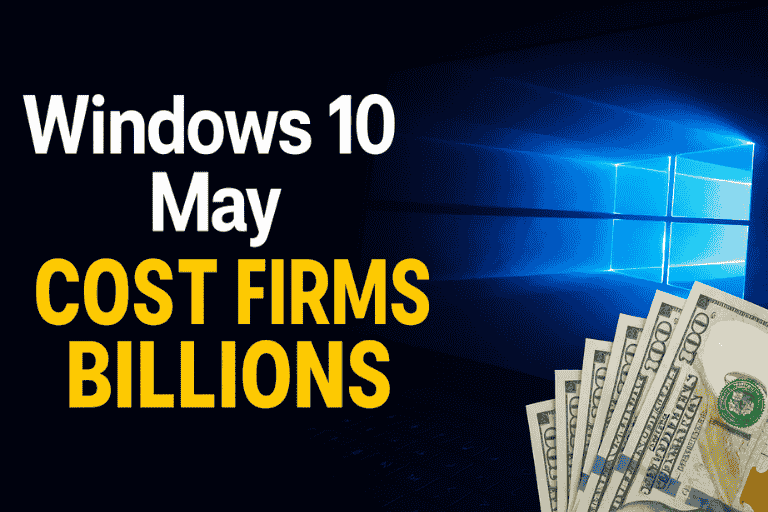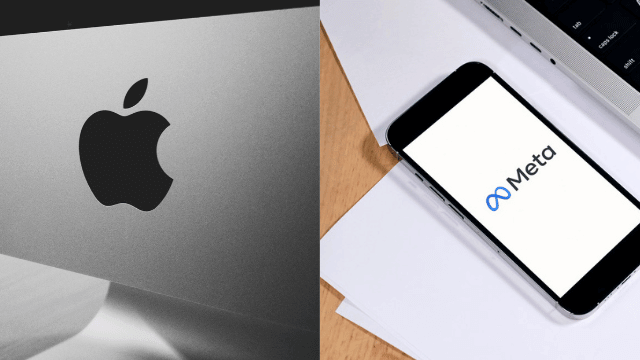With the digital world advancing so quickly, companies all over the world are being presented with smart decisions about their computer operating systems.
As Windows 10 end of support looms large, corporations are having to weigh up whether it’s worth moving to Windows 11 or sticking with Windows 10 for as long as possible.
Experts believe the potential cost of a full Windows 10 upgrade for businesses could run into the billions, making the stakes high.
What Is Windows 10 End of Support?
Microsoft has confirmed that Windows 10 end of support will be on October 2025. Beginning after the deadline, the operating system will not receive new security updates, bug fixes or technical support.
Therein lies a lot of potential danger for corporations that do not regularly upgrade their software, as their operations are vulnerable to cyber threats, non-compliance matters and performance challenges.
The large majority of businesses are still heavily invested in legacy applications and systems, much of which was designed for Windows 10 in mind. The urgency to respond is growing assecurit weaknesses could result in data breaches or expensive disruptions.
Windows 10 vs Windows 11 Migration: How Different Will It Be?
A fundamental question for companies is whether to upgrade to Windows 11 or retain Windows 10 through extended support options. Windows 11 also includes a more contemporary UI, tighter security protocols, and more performance on newer hardware. But there are some catches to the migration to Windows 11.
Corporate IT departments have to evaluate compatibility issues, hardware upgrades and software modifications. Some older systems will not meet the hardware requirements for Windows 11, also increasing the cost for a company to upgrade to Windows 10.
Employee retraining; and altering business processes to accommodate the software can lead to further costs.
On the other hand, forgoing the transition could prevent you from capitalizing on important innovations, kept you exposed to security vulnerabilities, and cost you more in the long run. The discussion is now about timing and tactics, not the necessity of upgrading itself.
Corporate Upgrade Strategies
A lot of companies are carefully considering how to upgrade their corporate centrally managed upgrades, to control costs and not have their business disrupted.
Experts recommend a rolling migration plan, which helps space out costs and minimizes the possibility of a sudden system crash.
Some companies upgrade high-value departments first, such as finance or customer service, where sensitive data resides.
Some are investing in virtualization technologies that enable employees to run Windows 11 in a separate container, without having to replace hardware right away.
New hardware lending as opposed to outright purchase is also a popular form of investment. This method provides an alternative to large outright investments and keeps your systems current.
Cloud solutions are also growing, offering a substitute for complete OS upgrades by transferring more workloads to the cloud.
Is It Worth Staying on Windows 10?
And though some businesses are mulling a delay, the danger is now outweighing the near-term savings.
Windows 10 systems that do not have security patches supplied regularly are attractive to hackers. Plus, software developers are progressively phasing out support for their apps on Windows 10, which will restrict future use.
Industry analysts caution that the overall Windows 10 upgrade cost for businesses might look high up front, but would be nothing compared with the expenses from a security breach or system breakdown.
As such, the vast majority of IT leaders are advising that you jump to Windows 11 sooner rather than later.
The Windows 10 end of support now becomes a seminal moment for outdated business IT systems. Although the Windows 10 vs Windows 11 migration presents challenges, enterprise upgrade plans can help reduce costs and create efficiencies.
With increasing cybersecurity risks, it is no longer safe nor cost-effective to hold the line with Windows 10.


